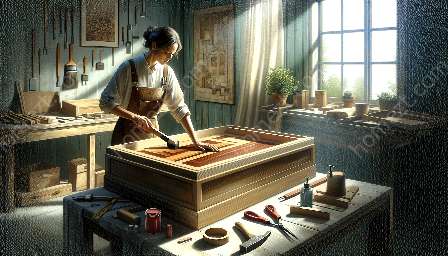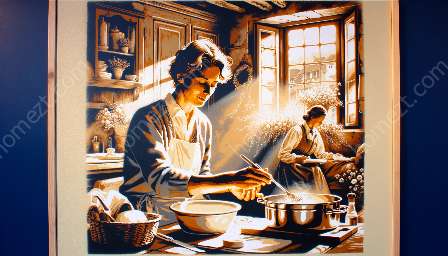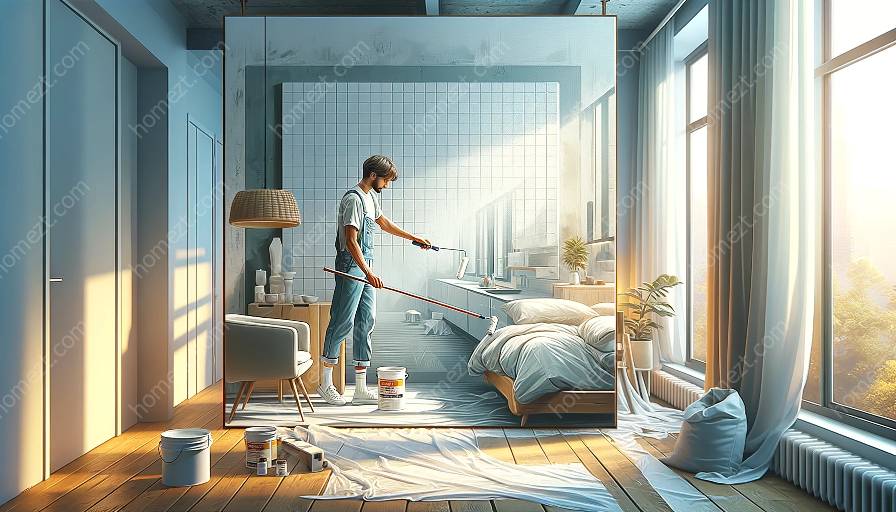Priming is a crucial step in the painting process that lays the foundation for a high-quality finish. It involves preparing surfaces to receive paint, and its significance extends beyond the realm of painting to various domestic services.
Priming acts as a protective layer, enhancing the durability and appearance of painted surfaces. In the context of painting, it ensures better adhesion, minimizes chipping and peeling, and allows for smoother and more even application of paint.
When it comes to domestic services, priming extends to tasks such as preparing walls for wallpaper installation, sealing wood for various furniture projects, or prepping surfaces for the application of protective coatings. Understanding the principles of priming can significantly improve the results of these endeavors.
The Science of Priming
Primers are formulated with specific ingredients to create a strong bond with the substrate and the subsequent layers of paint. They often contain resins that help to seal porous surfaces and provide a uniform base for paint to adhere to. This not only enhances the overall finish but also contributes to the longevity of the painted surface.
Additionally, modern primers are designed to address specific challenges such as blocking stains, inhibiting rust formation, or promoting adhesion on slick surfaces. This versatility makes them invaluable in both painting and domestic projects, where different materials and conditions require tailored solutions.
Priming in the Painting Process
When painting, proper surface preparation is fundamental to achieving a professional result. Priming sets the stage by creating an optimal surface for paint application. It levels imperfections, fills pores, and creates a uniform base to showcase the true color and texture of the paint.
Depending on the substrate and the type of paint being used, the choice of primer can significantly impact the outcome. For example, using a primer specifically formulated for metal surfaces can prevent corrosion and ensure long-term protection against the elements, making it essential for painting metal structures in domestic environments.
Priming in Domestic Services
Beyond painting, priming plays a critical role in various domestic tasks. Before applying wallpaper, priming the walls can improve adhesion and prevent the underlying surface from affecting the appearance of the wallpaper. Similarly, in woodworking projects, priming the wood not only ensures better paint adhesion but also helps seal the surface, protecting it from moisture and wear.
Moreover, priming is essential when applying protective coatings to surfaces in domestic environments. Whether it's sealing concrete floors, protecting decks, or coating outdoor furniture, the right primer can enhance the effectiveness and longevity of the applied coatings, ultimately contributing to a well-maintained and visually appealing home.
Conclusion
Priming is a versatile and essential aspect of the painting process and various domestic services. Understanding its importance and incorporating proper priming techniques can elevate the quality, durability, and aesthetics of painted surfaces while also enhancing the effectiveness of diverse domestic projects. By mastering the art of priming, individuals can achieve professional results and ensure long-lasting performance across a range of painting and domestic tasks.





































